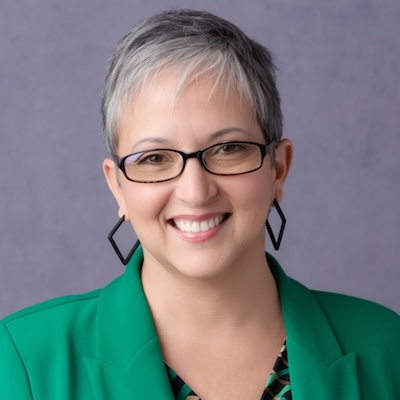5 minutes
When crisis hits, do you retreat—or reimagine your role? Kauai Federal Credit Union chose the latter as their island community grappled with crushing economic instability, environmental degradation, and a wealth gap that threatened to tear apart their community's fabric.
It’s a story that resonates far beyond Hawaii. From coastal towns to urban neighborhoods, credit union leaders are wrestling with similar pressures—economic strain, social fragmentation, and the weight of systemic inequities. What makes Kauai FCU’s response so compelling isn’t just that they faced these challenges head-on, but that they reframed the question entirely: What if our role isn’t just to serve the community, but to co-create with it?
Their answer emerged as the Economic Resilience Center (ERC), known locally as Kalukalu at 1624. But the true innovation is more than what they built—it's how they built it. By flipping a traditional model on its head, Kauai FCU discovered that the path to meaningful solutions starts with something deceptively simple: learning to listen before you build.
It's a blueprint for turning stakeholder engagement from buzzword to business strategy. Here's how Kauai FCU did it—and how you can Put Wheels on It in your own community. Continue reading below, and be sure to watch our conversation with Kauai FCU CEO Sean Kaley for a closer look at building resilience through community engagement:
WATCH THE VIDEO: Building Resilience Through Collaborative Leadership
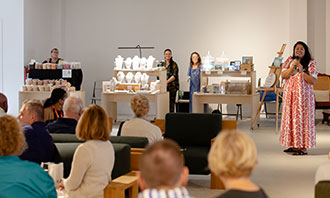
Stakeholder Engagement in Action: Kauai FCU’s Approach
Kauai FCU, a mission-driven Community Development Financial Institution (CDFI), understands that economic resilience is built through collaboration. As the first and only CDFI on Kauai, they took a bold approach by creating a community center that fosters climate resilience, food security, and financial education—all based on input from local residents and businesses.
Rather than assuming what the community needed, Kauai FCU actively listened. Through extensive outreach, they identified pressing concerns, including the lack of affordable housing, challenges for local businesses, and the need for financial empowerment. From there, they developed Kalukalu at 1624—a resource designed with and for the people it serves.
The Result: A People-Centered Solution
Kalukalu at 1624 is more than a building; it’s what happens when a credit union fully embraces stakeholder engagement.
- Community-Driven Design: The resilience center was developed based on direct feedback, ensuring it serves as a hub for cultural preservation, economic development, and climate resilience initiatives.
- Partnerships That Matter: Kauai FCU collaborated with local businesses, nonprofits, and government agencies to pool resources and expertise.
- Regenerative Economic Model: By investing in local businesses and recirculating resources within the community, Kauai FCU fosters economic independence and long-term stability.
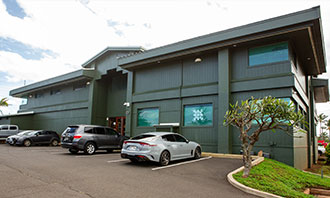
How Credit Union Leaders Can Engage Stakeholders Effectively
For other leaders seeking to implement stakeholder-driven solutions, Kauai FCU’s success provides a roadmap. Here are four key steps for building strong stakeholder relationships and impactful programs:
1. Listen First—Conduct Community Needs Assessments
Effective stakeholder engagement begins with listening. Use surveys, town halls, and one-on-one conversations to gather insights from members, local businesses, and community leaders.
Actionable Tools:
- Host focus groups to understand economic pain points and gather valuable insights. Start by reviewing Eval Academy’s Top Tips for Running a Focus Group, then adapt the process to the size and scale of your community.
- Utilize online surveys or in-branch suggestion boxes.
- Partner with local nonprofits for broader outreach. Working with community organizations expands reach, ensures inclusivity, and provides deeper insights into underserved populations. There are many reasons why nonprofit partnership is mutually beneficial; explore the benefits in “Banking on shared values: 6 reasons nonprofits should partner with a local credit union.”
2. Co-Design Solutions with Stakeholders
Rather than assuming what your community needs, involve them in the solution-building process. Co-designing products and services ensures alignment with real needs.
Actionable Tools:
- Establish community advisory boards.
- Develop pilot programs before full-scale implementation. Running small-scale trials before a full launch allows for testing and refining ideas. The Filene Research Institute provides excellent references on pilot testing in credit unions, such as this case study and this blog post.
- Organize stakeholder workshops to brainstorm ideas.
3. Foster Meaningful Partnerships
No single organization can solve complex community challenges alone. Building strong relationships with government agencies, local businesses, and your local chamber of commerce amplifies your impact.
Actionable Tools:
- Create partnership agreements with shared goals.
- Join regional economic development councils. These councils provide data-driven insights and facilitate cross-sector collaboration. The National Association of Development Organizations (NADO) is a key resource for engaging with regional development efforts.
4. Implement, Measure, and Iterate
Stakeholder engagement is an ongoing process. Once you launch a program or service, continue seeking feedback, measuring impact, and making necessary adjustments.
Actionable Tools:
- Use key performance indicators (KPIs) to track progress and adapt strategies based on real-time data and member feedback.
- Conduct follow-up community meetings to assess effectiveness. Gathering direct feedback ensures programs remain relevant. The Aspen Institute’s Community Strategies Group offers best practices for continuous community engagement.
- Leverage CUES as a resource for consultation and leadership development opportunities throughout the process.
Building a Stakeholder-Centered Future
Kauai FCU’s model proves that financial institutions thrive when they center their efforts around stakeholder engagement. By listening, co-designing, fostering partnerships, and continuously improving, credit unions can create meaningful impact—strengthening not just individual members, but entire communities.
If you didn’t click to watch the insightful video yet, get inspired by the Kauai FCU story now!
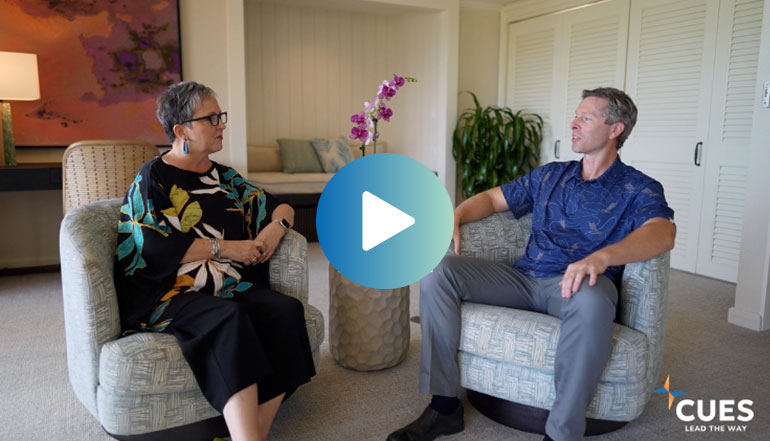
Heather McKissick, I-CUDE, is CEO of CUES. Her 30-year not-for-profit career encompasses six different industry sectors. She is a former EVP at University Federal Credit Union, Austin, Texas, where she served for nine years. Prior to that, she was CEO of Leadership Austin, an organization dedicated to developing community and civic leaders across Central Texas. McKissick is the previous director of organizational development at one of the largest non-profit healthcare systems in the US and was an administrator and faculty member at St. Edward’s University.





